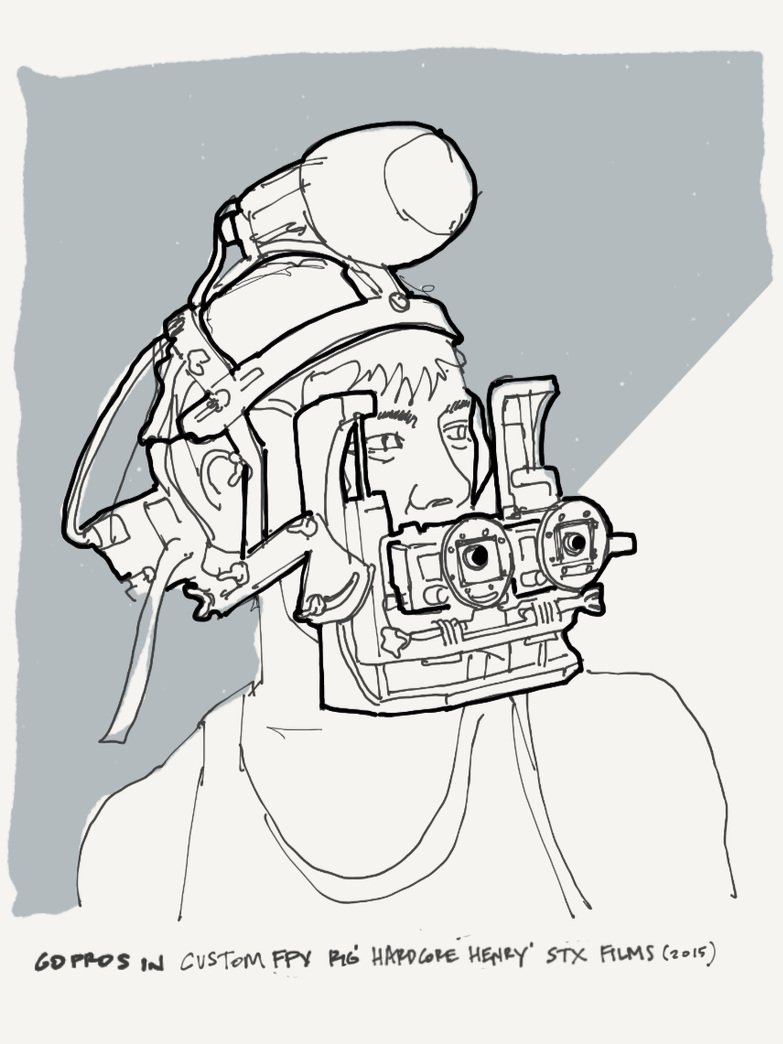Apple Vision Pro: Spatial Video will finally be a real thing… or will it?
Part V in a series exploring strategic implications of Apple Vision Pro
…and the question:
Will Apple revolutionize videography, again?
I began in Part I by reflecting on an idea of the VR headset as a next-gen consumer camera, an application could potentially help it take off as a solution for existing consumer needs and behaviors around capturing and sharing video memories. I landed with a guess that the Vison Pro will be adopted by prosumer videographers to make exciting new content, and that in time, we may see more immersive video content from consumers as the Vision line becomes more accessible and adopted for other reasons.
That’s just for consumer video. YouTube has proven that we are just fine staring for hours at consumer-generated content, while Hollywood, linear cable, networks, and streamers struggle. It remains to be seen if high-budget content creators (eg James Cameron, the NFL et al) will adopt current stereoscopic immersive cameras should Apple Vision reach some critical mass of consumers. Or, would they work with Apple TV to incorporate the technology into non-wearable, tripod- or quadcopter- mountable cinematic capture units? This quality of content might make an Apple TV subscription even more valuable.
(Then again, how many people can still even find their 3D movie glasses?)
Skepticism is merited. A forerunner of immersive (or Spatial) video, POV cinematography has been around for years, and it’s still used in a very limited way cinematically. Very few movies with mainstream success have used POV for more than a few scenes. It’s usually limited to where it fits the story, like to see the ‘thinking’ of the Terminator, the advantage of wall-penetrating sonar vision of Bruce Wayne’s technology in The Dark Knight, or flying a beast in an alien world in Avatar. The successful hyper-action POV movie Hardcore Henry was a novelty hit, mainly with gamers who already spend hours in first-person games. Though a success in 2015, it doesn’t seem like a trendsetter.
Apple’s entry into the AR hardware market is exciting, but they’re stepping over some carnage. Being first has never been as important as learning from those crude forerunners and then being the best for consumers. (See personal computer; MP3 player; touchscreen; tablet…) Meta has had their chance to turn VA/AR into a mainstream category beyond gaming. Sony, despite competences and equity in cameras and film production, has kept the PlayStationVR in its gaming lane. Microsoft is working its HoloLens in the way it does best: enterprise productivity. Others are fighting for toeholds in training and gaming. It’s Apple’s turn, let’s see if they can make this VR turkey into a chicken in every pot.

